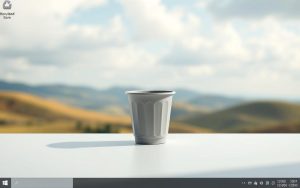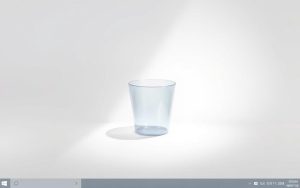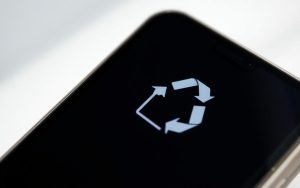Table of Contents
In today’s digital age, optimizing storage on Windows systems has become essential. As users accumulate data, temporary files and hidden folders can take up valuable space, slowing down performance. One such folder is the $Recycle.Bin, a system directory that stores metadata of removed items.
Located in the C:\$Recycle.Bin directory, this folder often goes unnoticed. Over time, it can grow significantly, leading to low disk space warnings. These alerts not only disrupt workflow but also affect the overall efficiency of your system.
This article explores safe methods to manage the $Recycle.Bin folder and offers alternative solutions to reclaim storage. By addressing this issue, you can ensure smoother operation and better utilization of your device’s resources.
What is the $Recycle.Bin Folder?
Windows users often overlook the $Recycle.Bin folder, a protected system directory storing metadata. Unlike the desktop Recycle Bin, this hidden folder operates behind the scenes, managing data across all drives on your computer.
Each drive on your system contains its own $Recycle.Bin folder. These directories are organized into subfolders, each tied to a unique user SID (Security Identifier). This structure ensures that metadata for removed files is stored securely and separately for each user.
It’s important to note that the $Recycle.Bin folder is not the same as the desktop Recycle Bin. While the latter provides a user-friendly interface for restoring deleted items, the former is a system-level directory designed for internal operations.
Deleting the $Recycle.Bin folder may seem like a quick fix to free up space. However, Windows automatically recreates this directory to maintain system functionality. Attempting to remove it permanently can lead to unintended consequences, such as the loss of active system files.
Always proceed with caution when managing system directories like $Recycle.Bin. Accidental deletion of critical components can disrupt your Windows experience and compromise your computer’s performance.
Why Should You Delete $Recycle.Bin?
Managing storage efficiently is crucial for maintaining a smooth-running computer. The $Recycle.Bin folder often goes unnoticed but can significantly impact your system. Studies show that 17.3% of users experience low disk warnings due to its accumulation.
This hidden folder can consume an average of 4-15GB of storage space. Over time, this bloat can lead to performance issues, such as slower disk indexing and failed updates. Regularly addressing this folder can help reclaim valuable storage space.
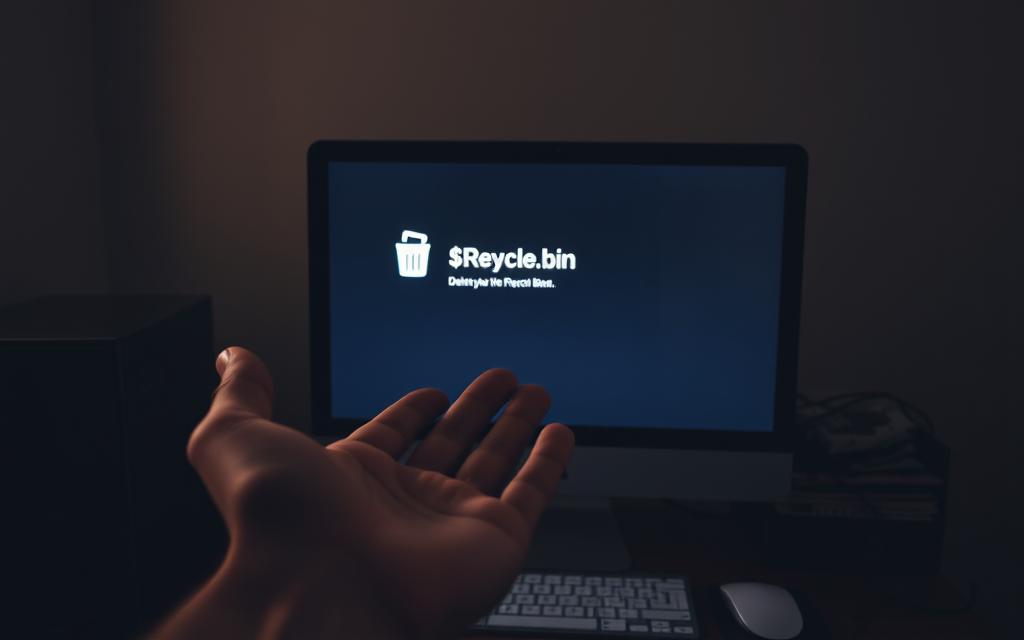
Another concern is security. Unemptied bins may contain remnants of sensitive files, posing a risk to your data privacy. Clearing this folder ensures that no traces of deleted items remain accessible.
It’s important to dispel a common myth: deleting the $Recycle.Bin folder does not remove the contents of your desktop Recycle Bin. The two are separate entities, and clearing one does not affect the other.
Compared to mobile systems, which often retain deleted items for 30 days, Windows does not have a fixed retention policy for the $Recycle.Bin folder. This makes it essential to manage it proactively to avoid unnecessary storage consumption.
| Issue | Impact | Solution |
|---|---|---|
| Storage Bloat | 4-15GB space loss | Regularly clear the folder |
| Performance | Slow indexing, failed updates | Monitor folder size |
| Security | Sensitive file remnants | Empty the folder frequently |
How to Delete $Recycle.Bin: Step-by-Step Guide
The $Recycle.Bin folder is a critical system directory that can impact storage efficiency. Over time, it accumulates metadata from removed items, consuming valuable space. To manage this folder effectively, follow these steps.
Step 1: Show Hidden Files and Folders
First, navigate to the Control Panel and open File Explorer Options. In the View tab, enable the option to show hidden files and folders. Additionally, uncheck Hide protected operating system files to reveal system directories like $Recycle.Bin.
Hidden files have the +H attribute, while system files use +S. Disabling OS file protection ensures you can access these critical directories.
Step 2: Locate the $Recycle.Bin Folder
Once hidden files are visible, open your primary drive (usually C:\). Look for the $Recycle.Bin folder. Each drive on your Windows system has its own $Recycle.Bin directory, organized by user SID.
Step 3: Delete the $Recycle.Bin Folder
Right-click the $Recycle.Bin folder and select Properties to check its size. If it’s consuming significant space, you can safely delete it. Note that Windows will recreate this folder to maintain system functionality.
| Step | Action | Outcome |
|---|---|---|
| 1 | Show hidden files | Access system directories |
| 2 | Locate $Recycle.Bin | Identify storage consumption |
| 3 | Delete the folder | Free up space |
What Happens After Deleting $Recycle.Bin?
After removing the $Recycle.Bin folder, users often notice immediate changes in their system. One of the most significant benefits is the recovery of storage space. Case studies show that users can reclaim up to 12GB of space on their drive, depending on the folder’s size.
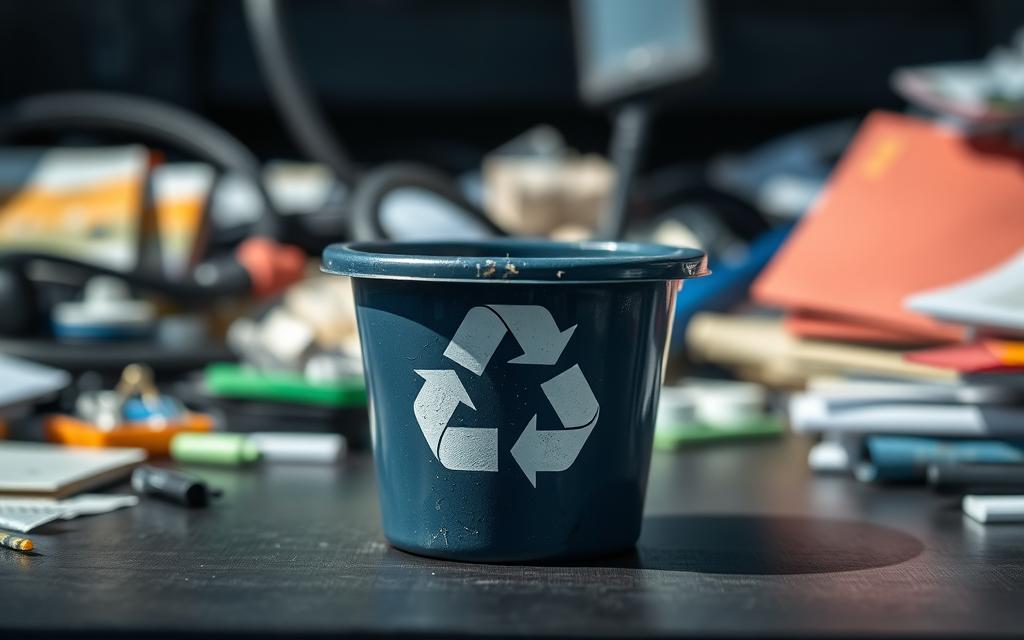
It’s important to note that the system automatically recreates the $Recycle.Bin folder the next time a file is removed. This ensures that the drive continues to function correctly. However, the newly created folder will be empty, freeing up resources for other tasks.
Deleting this folder does not affect the contents of the desktop files recycle bin. The two are separate entities, and clearing one does not impact the other. This distinction is crucial for users who rely on the desktop bin for temporary file storage.
For those with multiple drives, it may be necessary to repeat the cleanup process for each drive. Each one has its own $Recycle.Bin folder, and clearing them individually ensures maximum storage recovery.
One potential drawback is the limitation on file recovery. Standard tools may struggle to retrieve deleted items once the $Recycle.Bin folder is removed. Always back up important files before performing such cleanups to avoid data loss.
Alternative Methods to Free Up Space
Effective storage management on Windows systems can significantly enhance performance. Beyond managing the $Recycle.Bin folder, there are other practical ways to reclaim disk space. These methods are simple, efficient, and ensure your system runs smoothly.
Emptying the Recycle Bin
One of the easiest ways to free up space is by emptying the Recycle Bin. This process removes bin files permanently, making room for new data. Here’s how to do it:
- Locate the Recycle Bin icon on your desktop.
- Right-click and select Empty Recycle Bin.
- Confirm the action to permanently remove the files.
For a quicker approach, use the Shift+Delete key combination. This bypasses the Recycle Bin, ensuring files are deleted immediately. However, be cautious, as this method does not allow recovery.
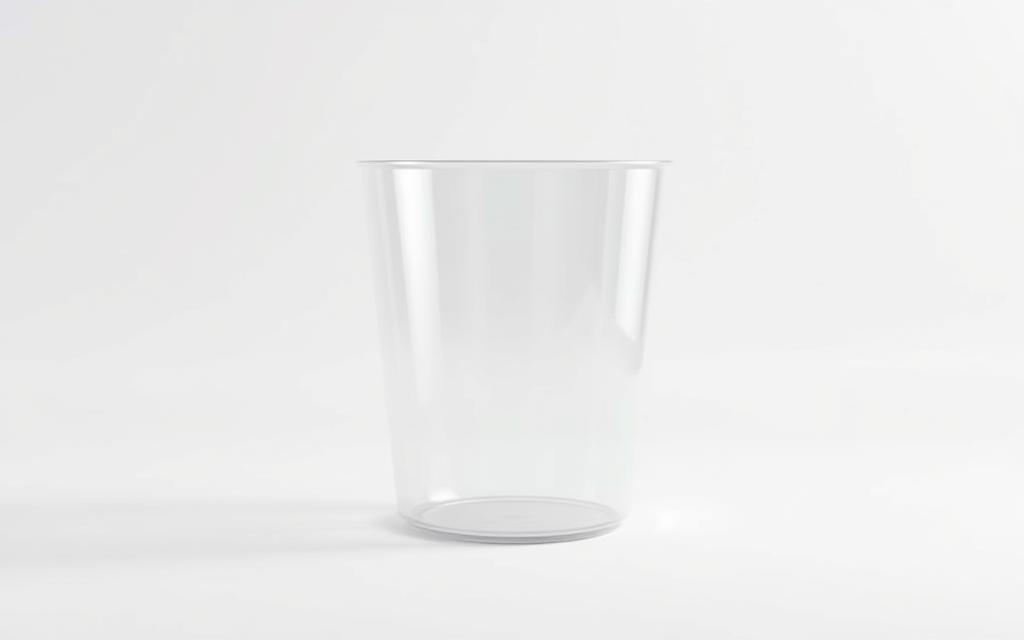
Using Disk Cleanup Tools
Windows includes built-in tools to help manage storage. The Disk Cleanup utility is a powerful way to remove unnecessary files. Follow these steps:
- Right-click on your primary drive (usually C:\) and select Properties.
- Click on Disk Cleanup to scan for removable files.
- Select the files you want to delete and confirm the action.
For advanced users, third-party tools like EaseUS Partition Master offer more comprehensive cleanup options. These tools can help optimize your drive efficiently.
By combining these methods, you can ensure your Windows system remains clutter-free and performs at its best. For more tips on managing deleted files, visit this guide.
Conclusion
Maintaining optimal storage on your computer is essential for peak performance. By following the steps outlined, you can reclaim significant space and enhance your system’s efficiency. Remember, Windows automatically recreates the recycle bin folder to ensure seamless functionality.
For the best results, combine manual cleanup with automated tools like EaseUS. This approach ensures thorough storage optimization without compromising system integrity. Always back up important files before performing any cleanup to avoid accidental data loss.
By proactively managing your recycle bin and other storage areas, you can keep your Windows system running smoothly and efficiently. Explore advanced tools for even greater control over your storage management.
FAQ
What is the purpose of the $Recycle.Bin folder?
The $Recycle.Bin folder is a system directory in Windows that stores deleted files temporarily. It allows users to restore items if needed before they are permanently removed from the system.
Is it safe to remove the $Recycle.Bin folder?
Yes, it is safe to delete the $Recycle.Bin folder, but it will permanently erase all files stored in it. Ensure you no longer need the deleted items before proceeding.
How can I locate the $Recycle.Bin folder on my computer?
To find the $Recycle.Bin folder, enable the option to show hidden files and folders in Windows Explorer. It is typically located on each drive in your system.
What happens to my files after deleting the $Recycle.Bin folder?
Once the $Recycle.Bin folder is removed, all files stored in it are permanently erased, freeing up storage space on your drive.
Are there other ways to free up space without deleting $Recycle.Bin?
Yes, you can empty the Recycle Bin or use built-in tools like Disk Cleanup in Windows to remove unnecessary files and optimize storage.
Can I recover files after deleting the $Recycle.Bin folder?
No, files deleted along with the $Recycle.Bin folder cannot be recovered unless you have a backup or use specialized recovery software.




